Private Bertram Frederick Heuer, Sr.

- Unit: 31st Division, 116th Machine Gun Battalion, Company A
- Date of Birth: January 7, 1894
- Entered the Military: May 24, 1918
- Date of Death: June 9, 1971
- Hometown: Homewood, Illinois
- Cemetery: Section C4-87, Row B, Site 2. Abraham Lincoln National Cemetery, Elwood, Illinois
Von Steuben High School
2017–2018
Before the War
Bertram Heuer’s parents, Otto and Bertha, were Germans who immigrated from Berlin to Cedarsburg, Wisconsin in 1884. Otto became a naturalized citizen in Chicago in 1891. He was a cabinet maker who at one point worked for the Pullman Standard Railroad Car Company where he helped make luxury sleeping cars for train passengers.
The family lived in Chicago for a while, then moved to the small farm town of Homewood, Illinois in 1902. Otto became sick with tuberculosis. Unable to work, his wife Bertha became the family’s wage earner. She opened her own grocery store in Homewood where she, her sister Ida, and her children worked. Otto Heuer died in 1906 when Bertram was 12 years old.
From a young age, Bertram knew what it mean to work hard to make ends meet. While living with a brother, Ewald, a sister, Regina, and his mother,. Ewald died of a brain injury in 1909 adding more tragedy to the family history. At an early age, Bertram developed a love and fascination for automobiles that lasted throughout his life. He worked as a chauffeur for an architect, George Nimmons, who lived in the neighboring town of Flossmoor. After the war, Bertram opened his own garage in Homewood where he fixed and detailed cars.
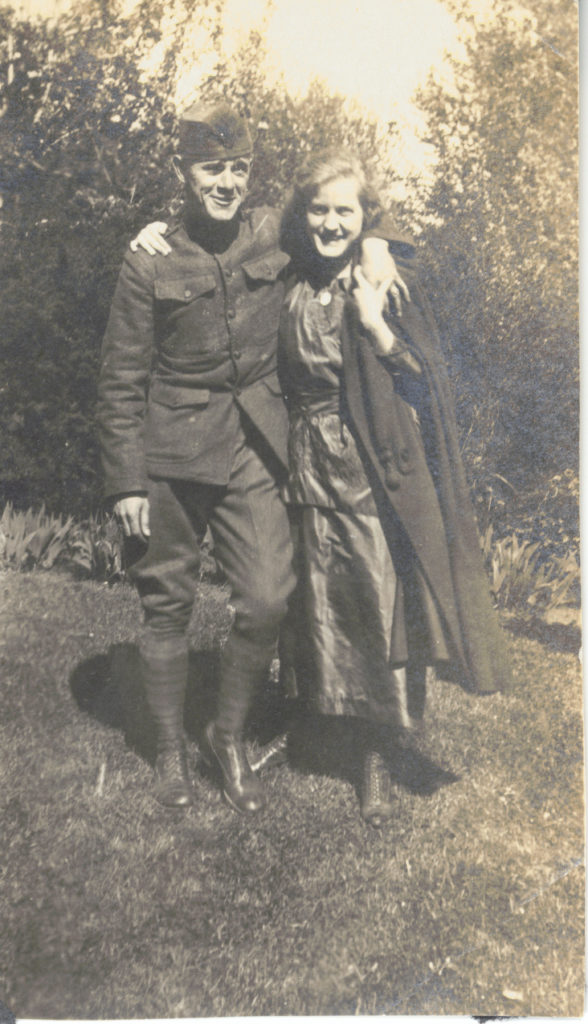
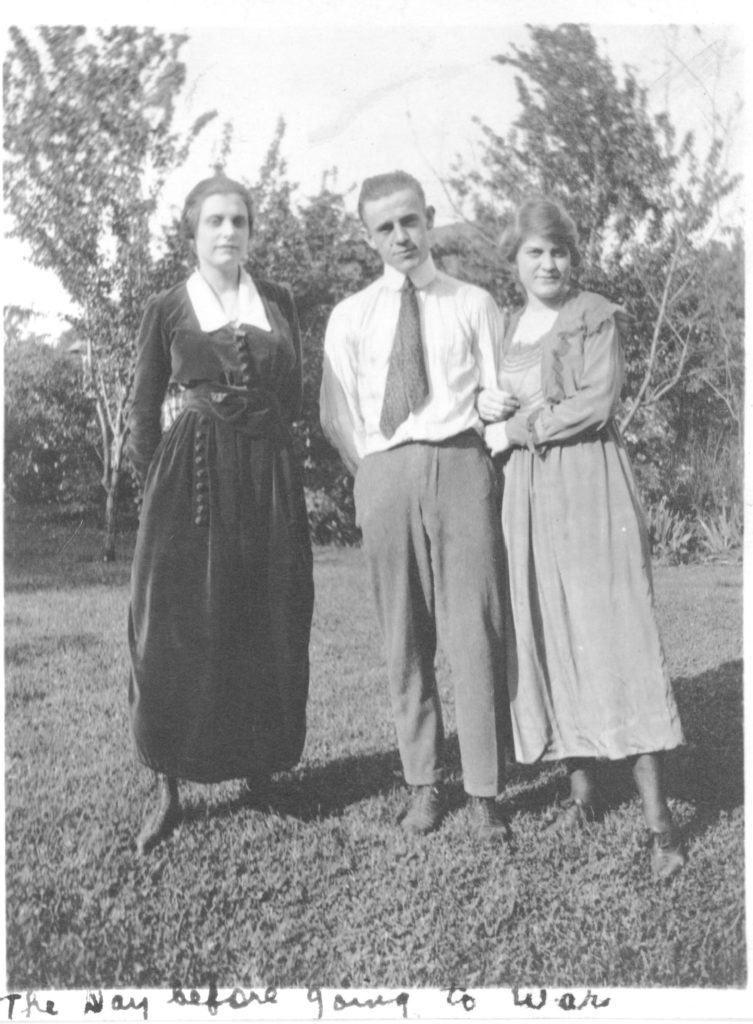
Military Experience
Private Bertram Heuer did not immediately join the war because he was an integral part of his family after the death of his father and brother. However, in May 1918 when he was 24 years old, he enlisted in the U.S. Army. He described himself as being 5’8” tall, with brown hair and brown eyes, and a ruddy complexion.
Private Heuer was assigned to a Machine Gun regiment and was also a bugler despite having no experience with musical instruments. According to his daughter-in-law, Elfrieda, he said he did his best to play “Taps” and “Reveille.”
Private Heuer had an incident while he was stationed in France awaiting orders to go to the front lines. He fell in a trench that had remnants of mustard gas and was burned. After a short stay in a hospital he rejoined his company. Despite reports that the men were headed to the front lines, he and his fellow soldiers were thrilled when they learned that a cease fire had been called and the war was truly over. Private Heuer returned to the United States and was discharged from Camp Grant, Illinois, on May 8, 1919.
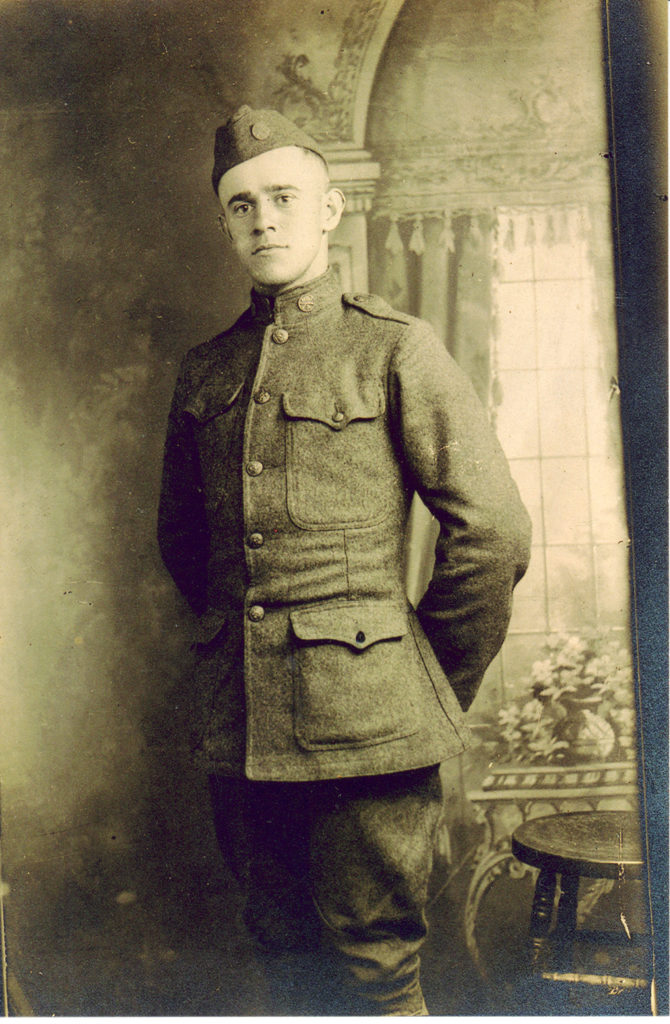
Veteran Experience
Upon discharge from the U.S. Army, Private Heuer, along with 24 other World War I veterans, started the Homewood American Legion, Post No. 483. He served as Commander when the organization began, and remained active in the organization until his death in 1971. The Homewood American Legion had a drum and bugle corps and a drill team that played at funerals of local veterans and marched in parades. Heuer also played catcher on the American Legion softball team for several years, playing against the organization chapters in neighboring towns. Heuer built a car that he named the “Leapin Lena” which he drove in American Legion parades in Homewood and other cities. Rita Hayworth even rode in it in one of the many parades!
In 1920, Heuer drove the architect George Nimmons to Florida as his chauffeur. He met his future wife, Rose Perley, there, and they soon got married. The Heuers settled down in Homewood and Bertram opened a service garage. Rose and Bertram started a family, eventually having four children. Heuer’s service garage failed during the Great Depression and he began working on cars at people’s homes and doing other odd jobs instead. After some short stints in other jobs, he got a job as a welder at the Buda Company in Harvey, Illinois.
During the late 1920’s and 1930’s, Heuer also served as a volunteer fireman. When a fire alarm went off, he would call the operator to learn the location of the fire, and then rush to help. Heuer’s desire to serve his community showed throughout his life.
During World War II, both he and Rosa worked for the Buda Company making engines for military vehicles while their son, Bertram, Jr., served in the U.S. Army as a mechanic in Europe. The family’s patriotism was highlighted in one of the editions of the company’s newsletter.
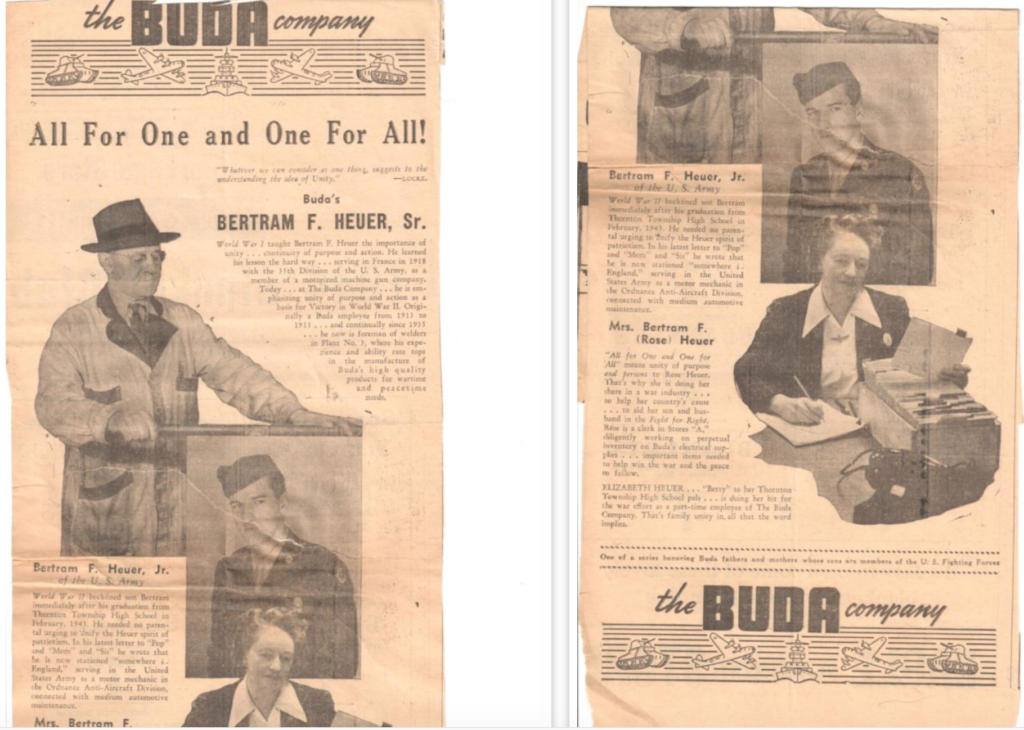

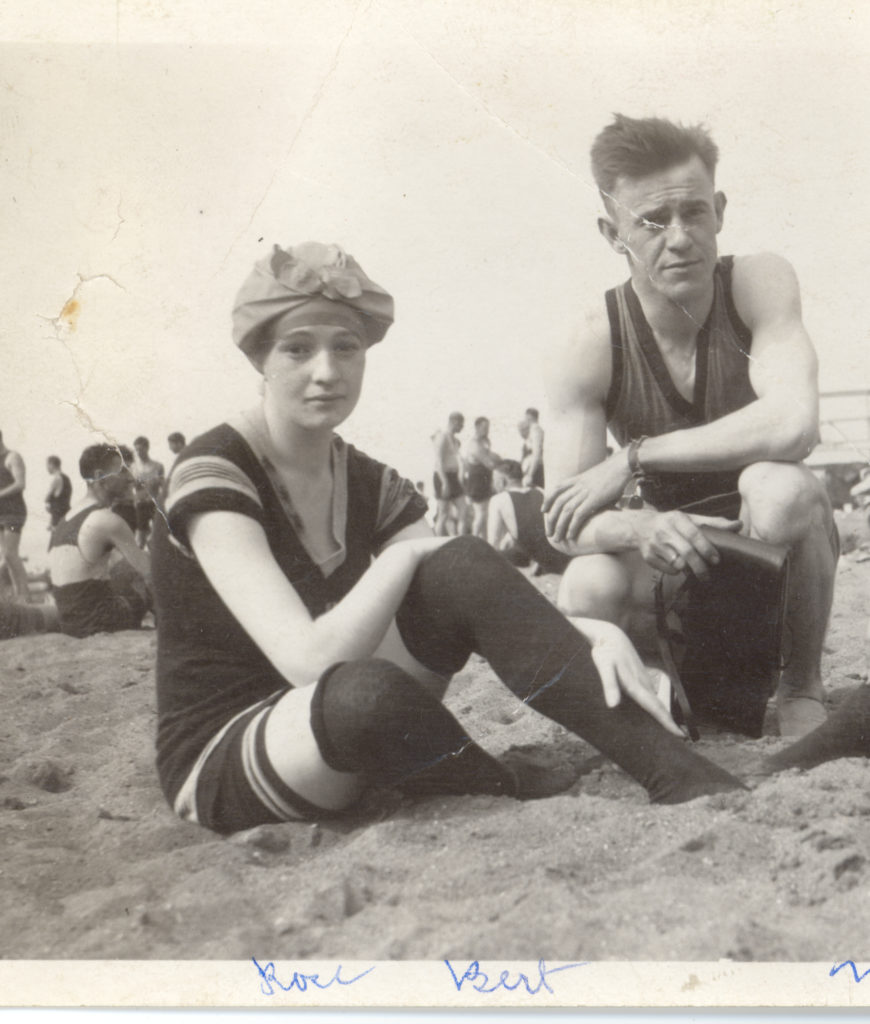
Commemoration
Bertram Heuer died on June 9, 1971 and was buried in Abraham Lincoln National Cemetery, in Elwood, Illinois.
According to Heuer’s grandson, David, Heuer would only talk about the war with his son who also served. The family felt that father and son understood what it meant to be at war better than anyone else. Heuer may not have been on the front lines, but he spent his life in service to his country and those who fought for it. His service in the U.S. Army and his participation in the American Legion should be remembered and honored.
Bibliography
39th Division; Records of the American Expeditionary Forces (World War I), Records of Combat Divisions, 1918–1919, Record Group 120 (Box 1); National Archives at College Park, College Park, MD.
39th Division; Records of the American Expeditionary Forces (World War I), Records of Combat Divisions, 1918–1919, Record Group 120 (Box 2); National Archives at College Park, College Park, MD.
39th Division; Records of the American Expeditionary Forces (World War I), Records of Combat Divisions, 1918–1919, Record Group 120 (Box 4); National Archives at College Park, College Park, MD.
39th Division; Records of the American Expeditionary Forces (World War I), Records of Combat Divisions, 1918–1919, Record Group 120 (Box 10); National Archives at College Park, College Park, MD.
39th Division; Records of the American Expeditionary Forces (World War I), Records of Combat Divisions, 1918–1919, Record Group 120 (Box 49); National Archives at College Park, College Park, MD.
Bertram Heuer. US WWI Draft Registration Card. Digital images. http://ancestry.com.
Betram Heuer, Sr., World War I Final Pay Card and Master Index Card, Record Group 92; National Archives and Records Administration — St. Louis.
Family Chronicles: Heuer Family. June 30, 1992. Courtesy of David Heuer and Elfrieda Heuer.
U.S. Army Transport Service, Passenger Lists, 1910–1939. Digital images. http://ancestry.com.

